Techie Turtles: Using New Technologies to Conserve Diamondback Terrapins
A terrapin nesting near The Wetlands Institute.
Diamondback terrapins have an important role in the salt marsh, and their fate impacts many aspects of the marsh ecosystem. They are gray-skinned turtles with highly variable patterns and markings that are specially adapted to life in the salt marsh.
These diamonds of the marsh are most often seen when the females come out of the marshes from May to July in search of dry ground to dig a nest and lay her eggs. You might have also seen the quickly retreating head of a terrapin as you kayak through local creeks. If you are lucky, perhaps you have seen the quarter-sized hatchlings, which emerge from their nests in the fall and spring. Some days, it can seem like terrapins are everywhere.
Yet, terrapins are in trouble throughout much of their coastal range. Development and heavy use of the terrapins’ salt marsh and barrier island habitat has led to declines in terrapin numbers. Climate change is adding more stress through sea-level rise. Although males rarely leave the water, nesting females often must cross roads in search of higher ground to nest, and hundreds are killed each summer as a result. Untold numbers are caught as unintended catch in crab traps and drown each year. Nest and hatchling predators, such as raccoons and skunks, are now more abundant in our communities, thriving on the feast our garbage provides. This overabundance of predators reduces the number of hatchlings who survive to maturity. All of these threats combine to make the future of the diamondback terrapin less certain.
The Wetlands Institute has worked diligently for nearly 30 years to pioneer conservation methods that reduce terrapin deaths and help boost numbers of hatchlings so that terrapins remain a vital part of our coastal ecosystem. The program promotes the conservation of diamondback terrapins through applied research, conservation programs, citizen science projects, and educational programs. We work to increase our understanding of terrapins and develop ways to protect them from the various threats they face. One important tool that we pioneered and have helped spread is the use of terrapin barrier fencing along the causeways to keep terrapins from entering high traffic areas. The black tubing along the side of the roadways provides space for nesting while keeping the females out of harm’s way. The tubing is more than 80% effective and works best where there can be a continuous barrier that is well maintained. We are working with the Borough of Avalon through a Sustainable Jersey and New Jersey Corporate Wetlands Restoration Partnership grant to enhance terrapin habitat away from roadways and test a modified barrier system for enhanced effectiveness.
In 1991, we began patrols of local roadways to document impacts of vehicles on terrapin populations. Each year, from May through July, we patrol 38 miles of coastal roads from Stone Harbor to Corson’s Inlet. You have probably seen the cars out rescuing injured turtles or helping them cross. Over the past decade of patrols, around 500 female terrapins on average are killed each year. This year was a record-breaking year with more than 750 deaths recorded. On the bright side, we have recorded 749 terrapins saved from being hit on the roads, too.
While the annual toll is sobering, our patrols allow us to do much to reduce impacts from roads. Many terrapins killed on roads still hold viable eggs. We retrieve these eggs and incubate them in our lab. Incubation temperature
determines gender for terrapins; therefore, we adjust incubator temperatures to produce female hatchlings and help offset the loss of their deceased mothers. With the help of Stockton University and trained school teachers, we raise these hatchlings for one year, keeping them active and fed year-round. This process, called head-starting, allows terrapins to reach a size up to three times that of a wild turtle the same age, and leaves them less vulnerable to predators. All of our work is regulated by the state Department of Environmental Protection and requires scientific permits, trained scientists, and appropriate facilities.
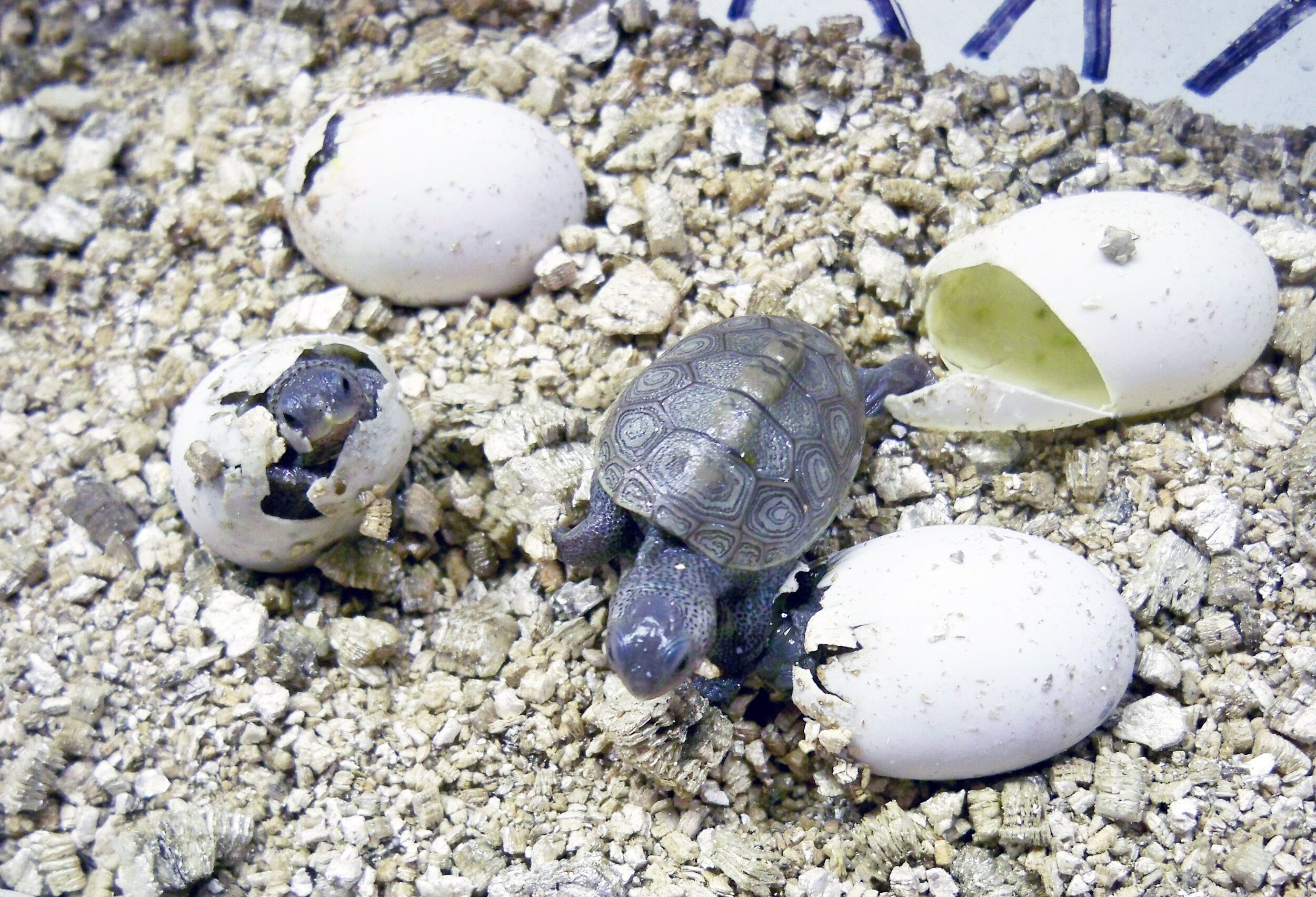
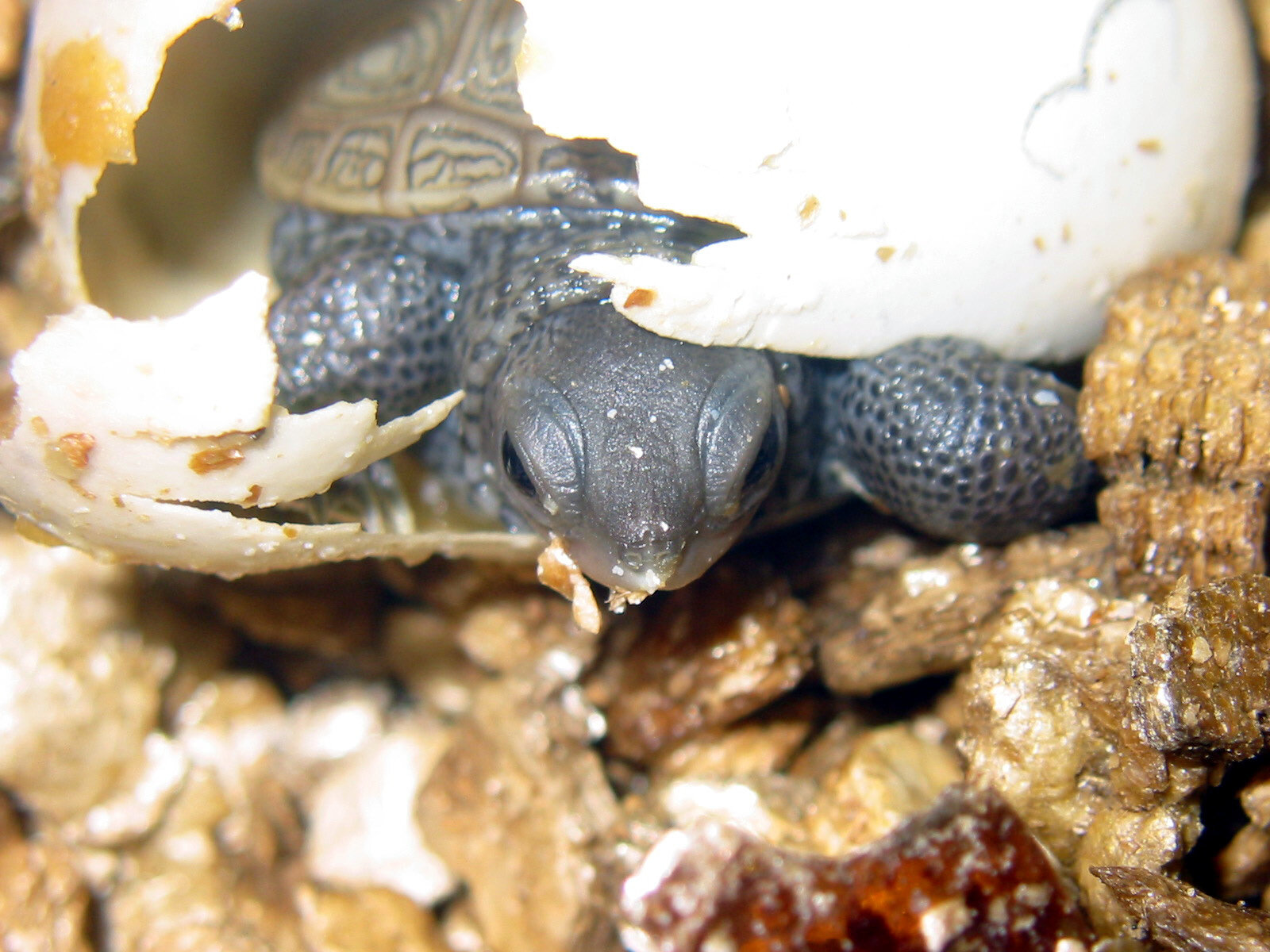
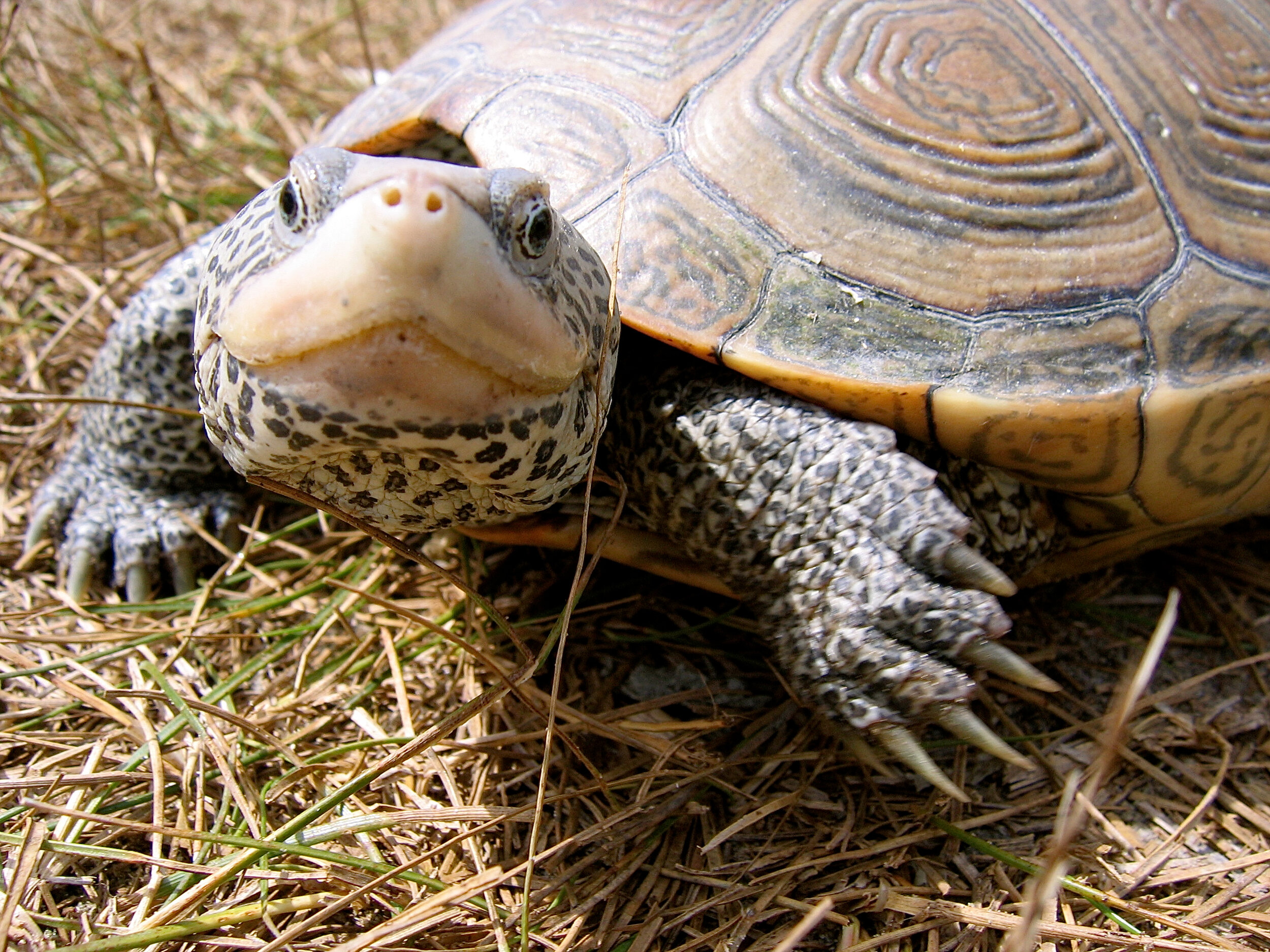
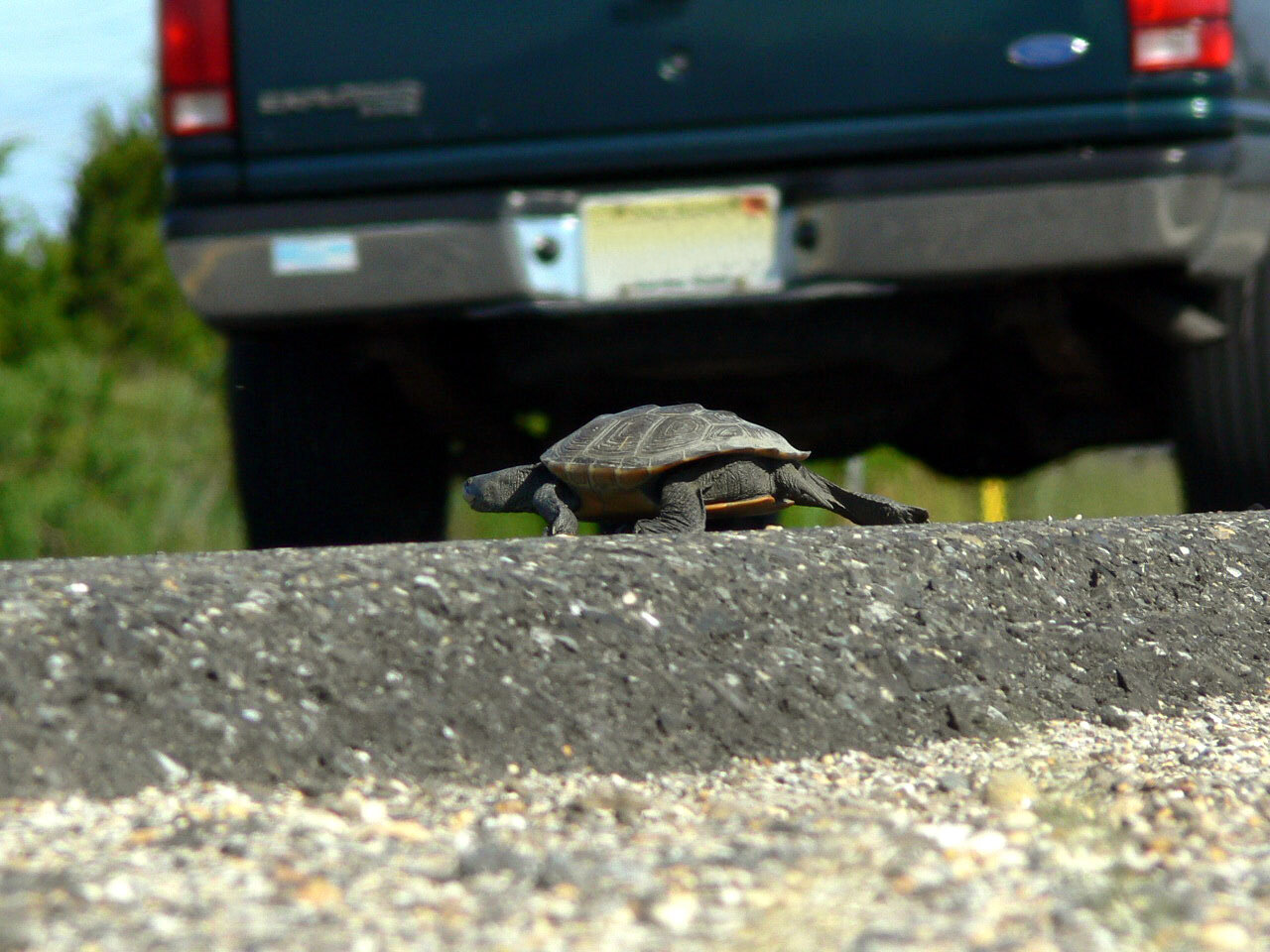
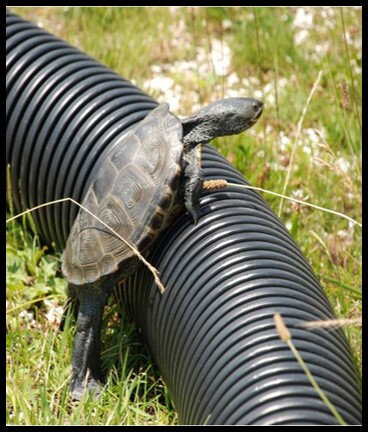
Since 1997, we have been conducting a long-term population study of terrapins in our local marshes. Each year, we capture terrapins on our property and in tidal creeks. We mark them with uniquely coded microchips that let us identify individuals and release them. The microchips are just like the ones a vet would use to identify your pet. To date, we have marked more than 5,000 terrapins. By recapturing and collecting data on terrapins with microchips we can study population size, survival rates, and individual nesting-habitat preferences. These techniques, however, do not provide information about where they have been since the last time we saw them. This is particularly challenging for both wild and head-started juvenile terrapins. When we release a hatchling terrapin back into the marsh, the likelihood that we will ever encounter her again is extremely low. In eight years, if she survived to reach sexual maturity, she may come back to nest on our property, or be recaptured on a patrol. Luck needs to be on our side for one of the staff, interns, or volunteers to see her. Thus, there is a real scientific gap in information about where these hatchlings go for an important part of their lives.
To help fill in large gaps about their lives, we initiated a project to learn more about terrapin movements, habitat use, and behavior in the salt marsh, with a goal of helping us improve targeted conservation measures to protect them. Working with Cellular Tracking Technologies, a Cape May County-based company, we are testing and using new technologies to track animal movements in salt marshes. To track both hatchling terrapins and adults, we set up an array of receivers and an antenna array in the marsh around The Wetlands Institute. Hatchling terrapins are being tracked using radio tracking devices and also a handheld antenna. Adults are being tracked with solar-powered Ultra Long Range/GPS tags that are designed to collect a GPS location each time the turtle surfaces for long enough to establish communication with satellites (6-30 seconds). GPS data is stored and then sent to our receivers from across the marsh.
This is a new project and results are just starting to come in but are very promising. Of the 27 hatchling terrapins we released with tracking devices, 22 juveniles were tracked. As expected, their habits vary widely, but we learned that they spend considerable time buried in the mud or under vegetation in the marsh. We released five adults and have been hearing from all of them. These data represent some of the first GPS data recorded for diamondback terrapins and is increasing our knowledge of their movements. Early results indicate that they move great distances from their release sites but also return to known nesting sites. These are exciting results and demonstrate the potential of using these new technologies to help improve our understanding of terrapins and direct that knowledge to enhancing conservation efforts for them. This work is funded by Quest for the Best, Leff Family Foundation, and Davenport Family Foundation.
By saving, rescuing, and releasing terrapins as well as removing and minimizing hazards, we are able to contribute positively to the status of the local terrapin population. Your actions to become more aware of terrapins and their movements on our coasts are helping, too. To learn more about terrapins, join us on Tuesday evenings throughout the summer to watch head-started terrapins being released into the marsh. Or come visit our new exhibit on terrapin tracking now on display at The Wetlands Institute. If you would like to support terrapin conservation work, check out opportunities to adopt a terrapin on our website (wetlandsinstitute.org).
2019 Summer Activities
FREE WITH ADMISSION FROM JUNE 12-LABOR DAY:
• Hooked on Fishing - Saturday.
• Crabbing at the Dock - Sunday.
• Salt Marsh Safari - Daily.
• Creature Feature - Monday through Friday.
• Catch o’ the Day - Monday, Wednesday, Friday.
• Aquarium Feeding - Tuesday, Thursday, Saturday.
• Totally Turtle Tuesdays, A Night at the Aquarium (Wednesdays) and Horseshoe Crabmania Thursdays - Tuesday, Wednesday and Thursday evenings.
• Seashell Sunday - Sunday.
• Dune and Beach Exploration - Wednesday. Sponsored by the Avalon Free Public Library
ADDITIONAL FEES APPLY:
• Back-Bay Birding and Wildlife Cruise - Tuesday, Wednesday and Thursday.
• Back-Bay Kayaking and Paddle Boarding - Monday, Tuesday, Thursday, Friday.
• Evening Back-Bay Kayaking - Wednesday, and Thursday.
For details or to make a reservation, visit wetlandsinstitute.org/events or call 609.368.1211.


